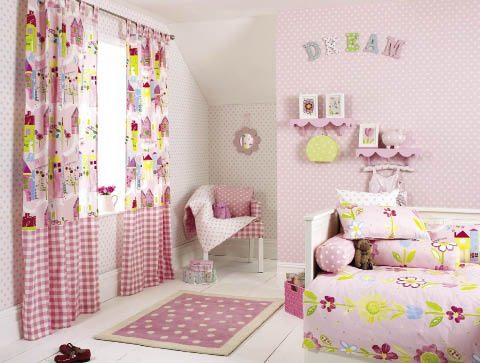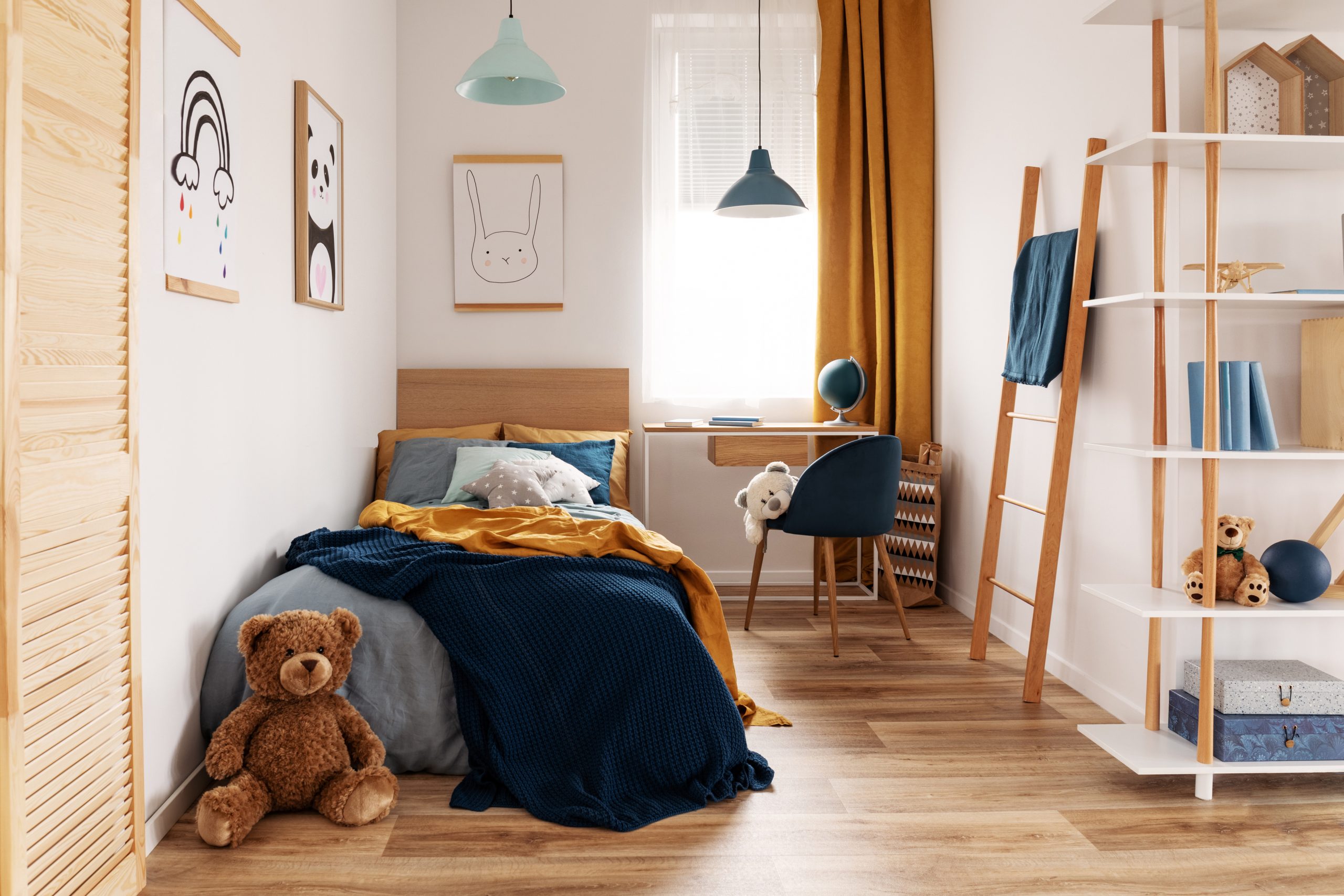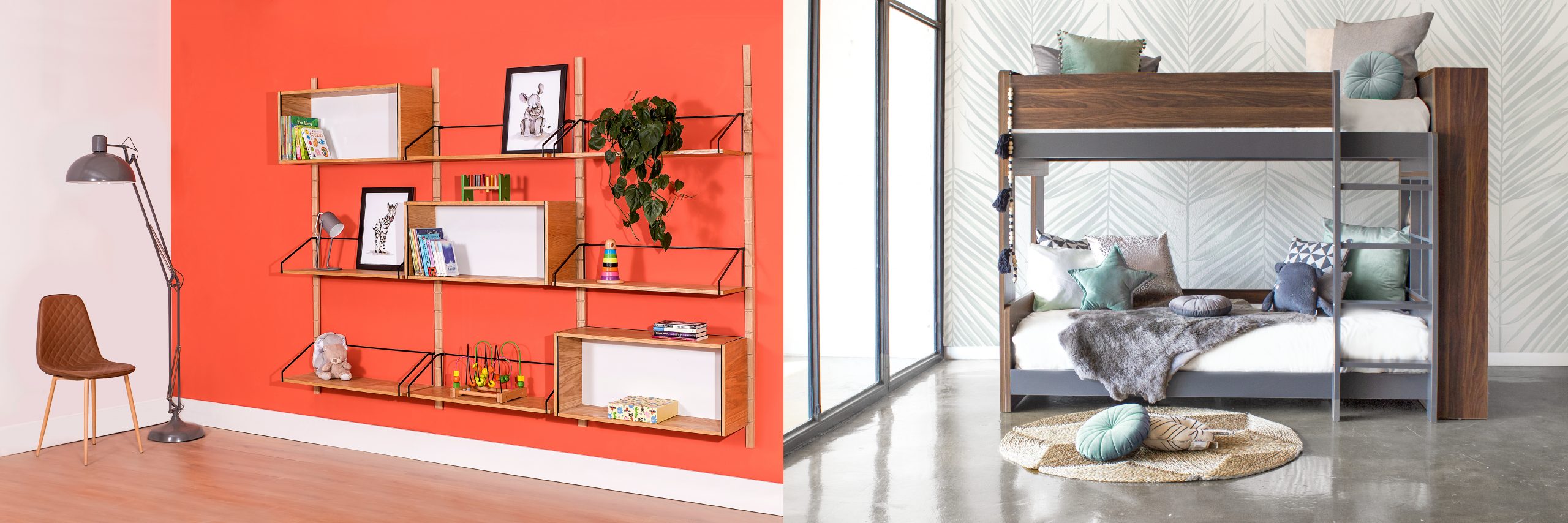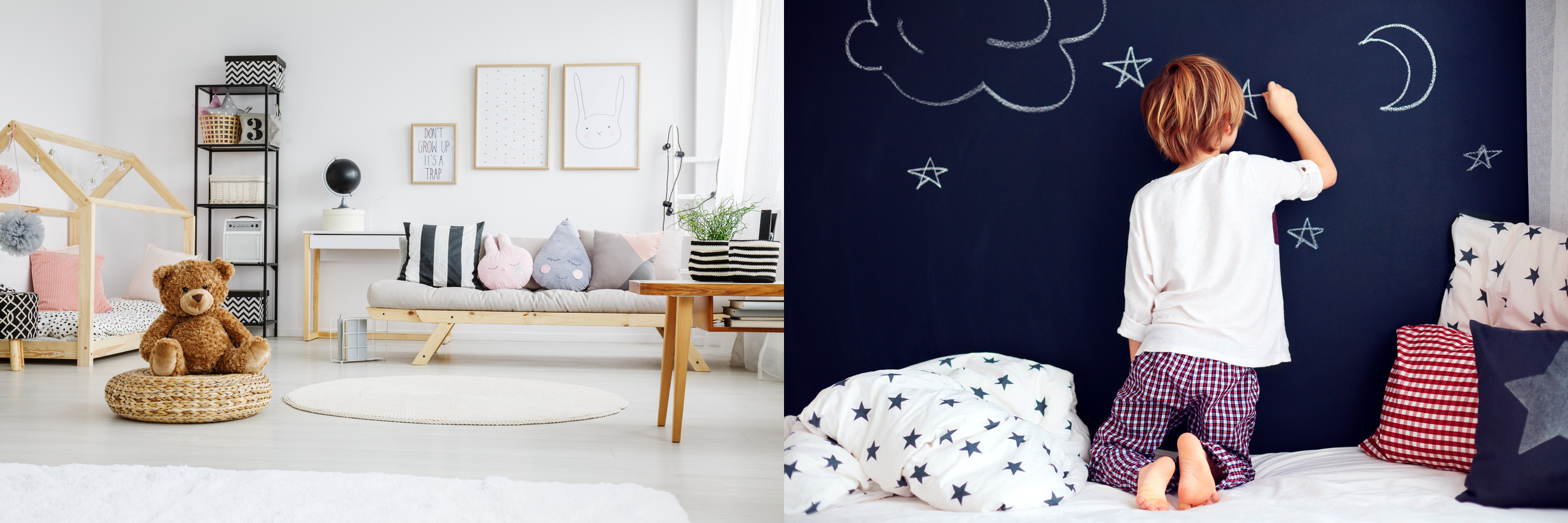By Susan Hughes, compiled by Kerry Hayes
Our kids are little individuals, with bright personalities and ideas. Create unique spaces that they can enjoy and grow into.
It is very important for children to have their own personal space, be it an en suite bedroom, playroom or pyjama lounge. It is a place that belongs to them, one that they are responsible for; an area where they can retreat, rest, play and dream in, and one that safely stores all their favourite things. And it is exciting to see just how early little ones develop preferences for colours, fabrics, textures, designs – and love what they have around them.
Creating “kids’ rooms” is a trend in itself. In the last decade or so, people would generally keep everything as neutral as possible so that their children wouldn’t grow out of a particular theme or colour scheme. But now, as parents see the need to develop their children’s own tastes and exposure, they are encouraging far more interesting and creative rooms.
The first port of call is space. If you have a small space, which is often the case in first homes or apartments, storage and planning is vital. You need to decide up-front where your biggest pieces will go, and then plan and build in storage for clothes, toys and other items. Shelves are very practical, as they allow you to store small items out of harm’s way, and also make a great display for toys or ornaments that can clutter up the room.
If you have a large space, create a seating area, and a play area. When a baby is small you will need a practical and comfortable feeding chair, but once he or she reaches two, move the chair to your study or TV room, and bring in children-size furniture. Choose bright fun colours that complement the room.
Lighting is very important. For a baby, you will need a darkened room for naps during the day, so always use blockout lining on your curtains or blinds. At night you might want a very gentle light for midnight feeds, so install a dimmer. Small children are often not happy in the complete dark, so a dimmer or night light is practical. And when your child is at school, good lighting is necessary for reading in bed, to do homework, and for studying.
There are now more unique kids’ lighting options available than ever before. Wall lamps are great for reading, easy to install – and tough for little fingers to explore. Mini chandeliers are growing in popularity, as they add light and ambience to a room (girls in particular love these!).
Themed pendants also work well – from soccer balls to aeroplanes – to keep boys’ imaginations flying. There are also a variety of lampshades and fairy lights that can be used for different purposes, and to provide different amounts of light.
Then we come to colour. Choose colours that are age-appropriate, and will be for at least five years. Realistically, after five years you will either move house or want a change anyway, so you don’t have to be too safe. For example, for a little girl of two to four years, use pink and pretty hues, with small prints and Barbie colours. Have fun, because this is probably your only chance to really use frills and fantasy.
Alternatively, move totally away from the pretty look and select other bright colours such as red, white or blue. Rugs and carpets need to be practical. A plain cream carpet is fine for a baby, but once your child grows up, and lots of games and creative artwork are happening on the floor, a laminate floor is more practical. There are also creative floor pieces that can add a quirk to the flooring.
Ultimately, the rooms you create for your children should reflect who they are and what they enjoy.
Let them be involved in choosing the theme, colours and accessories, and delight in the joy they receive from the creative process – and the time spent with you. They grow up too quickly, after all!
With thanks to New Kidspace Idea Book (Wendy A. Jordan, The Tauton Press, 2005), and www.leelighting.com















Leave a Comment